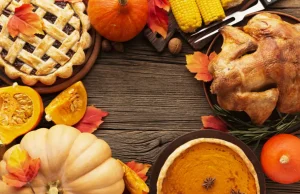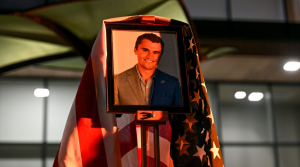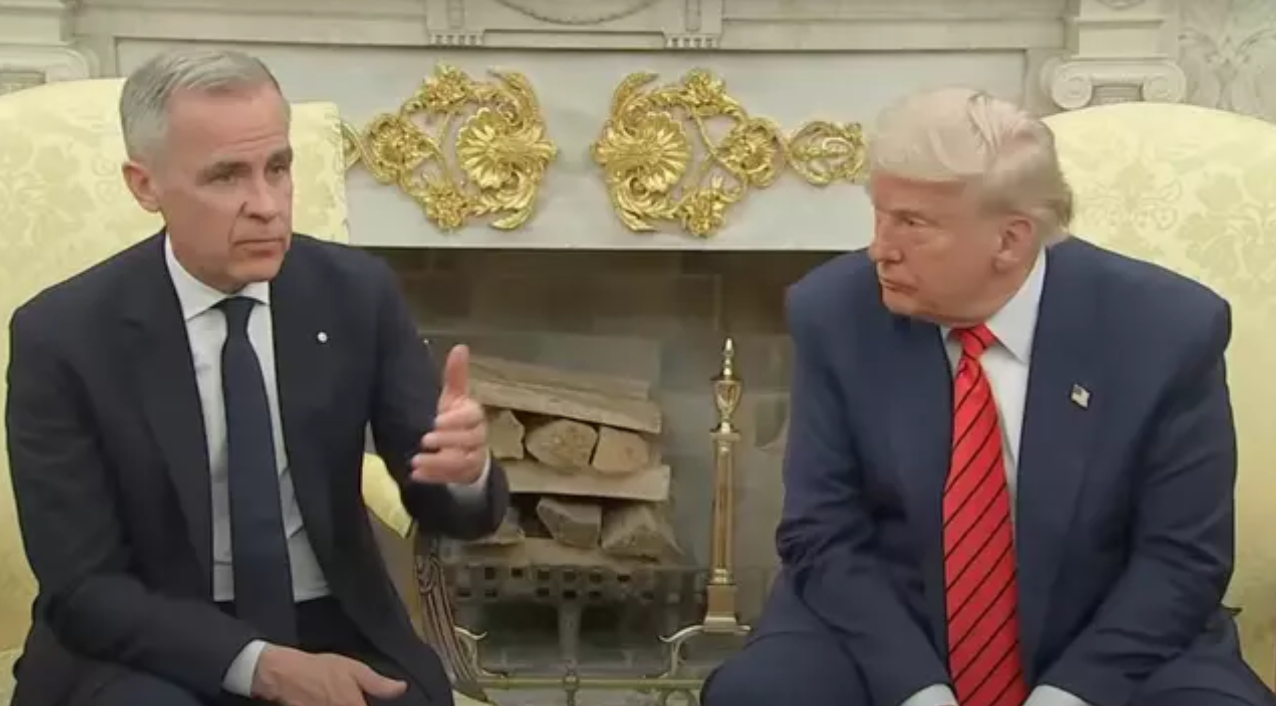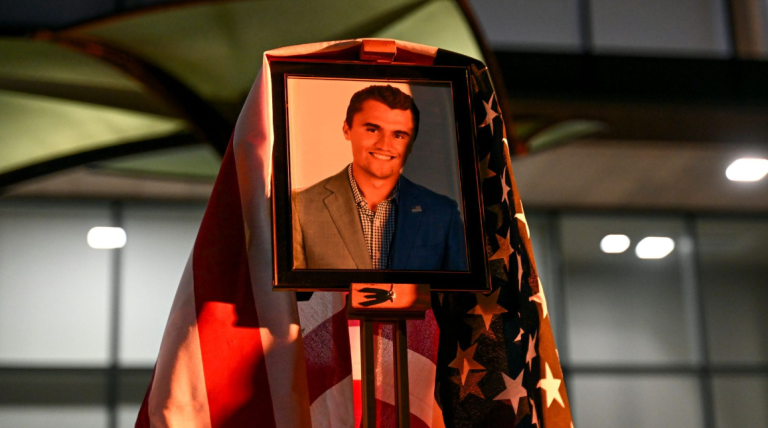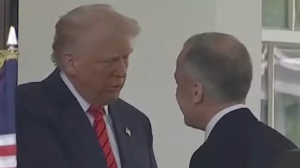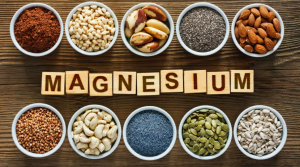NOTE: VIDEO BELOW
Mark Carney’s recent visit to the White House turned from formal diplomacy to awkward tension after a public correction of President Donald Trump’s misleading statement.
The two leaders met this week for their first official discussion—one marked by smiles, but underscored by unease between the U.S. and Canada.
Amid ongoing disputes, Trump once again floated his controversial proposal that Canada avoid tariffs by becoming the United States’ 51st state.
Despite a 25 percent tariff now in place, Canada remains defiant in its stance on national sovereignty and economic independence.
During their Oval Office meeting on May 6, Carney addressed the topic head-on—making it clear that Canada is not for sale under any circumstances.
Echoing his predecessor Justin Trudeau’s firm position, Carney told Trump: “As with certain iconic properties, some things simply aren’t for sale.”
“Having spoken to Canadians throughout the election, I can say with certainty—this country isn’t up for sale now or ever.”
The meeting then took a more pointed turn when Trump attempted to downplay trade relations between the nations.
“We don’t do a lot of business with Canada,” Trump stated, to which Carney quickly interjected. Watch what happened next:
“We’re actually the biggest customer the U.S. has, when you look at the full range of goods,” Carney corrected.
He elaborated further: “Our joint auto industry is massive. Half of what’s in a Canadian-built car is American—that’s a unique relationship globally.”
Though Trump persisted with his 51st state idea, Carney shut it down again, stressing Canadians’ pride in their autonomy.
“We are sovereign in our own home,” Carney said. “We can provide for ourselves better than any foreign power ever could.”
Despite the strong pushback, Trump wasn’t ready to quit. He replied, “Never say never,” and added, “A lot of things once seen as impossible later turned out to be possible.”
Body language analyst Beth Dawson also weighed in, observing that while Carney presented as “self-assured,” there were signals of hesitation.
She noted: “His elbow tap showed a desire to meet Trump on level ground. His face was determined—but cautious. He stood his ground without being combative, though he did seem slightly nervous.”
